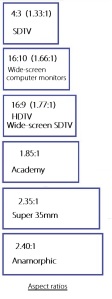Unless you’re involved in creating film in some way, or you’re an avid self-taught film aficionado, identifying shots is probably not something you’re familiar with. Today we are looking at some examples to broaden your film vocabulary, giving a name to those shots you see in every film and for some of you perhaps even refresh your memory.
Shots are usually defined within nine parameters, with those being the Wide Shot (WS), Very Long Shot (VLS), Long Shot (LS), Mid Shot (MS), Medium Close-up (MCU), Close-up (CU), Big Close-up (BCU), and Extreme Close-up (ECU).
The wide shot is typically used to portray an environment, while including many people within the frame. This is often also known as an establishing shot. Such as this shot below from The Hobbit: The Desolation of Smaug.
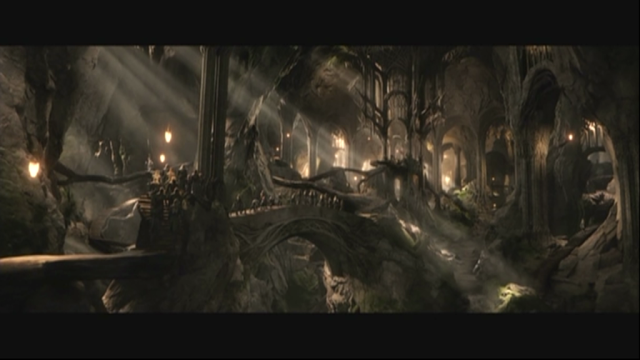
A wide shot can also be somewhat closer than this, such as this example below from Inception.
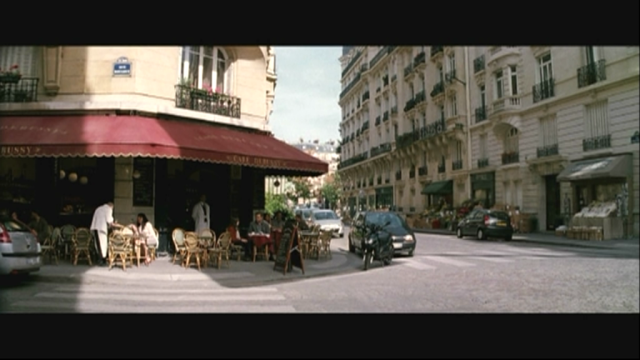
The very long shot could almost be considered a wide shot, however the distance isn’t quite as far in frame. The example below is also from Inception.
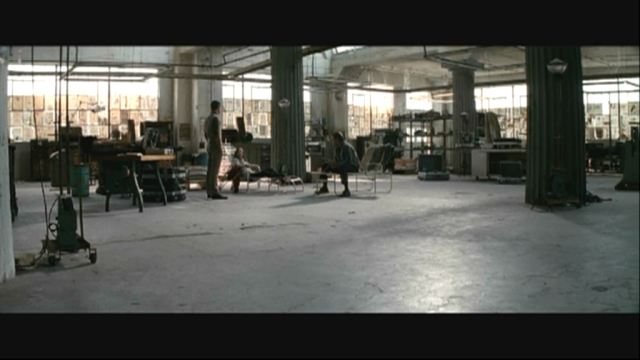
The long shot contains all of a person from head to toe but isn’t quite as far away as a VLS. Below is an example from Gravity.
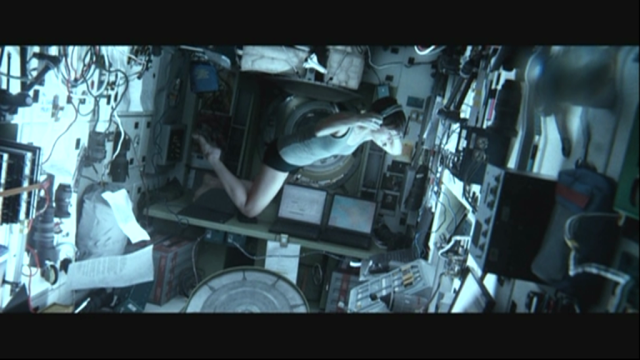
Below is another LS from The Matrix.
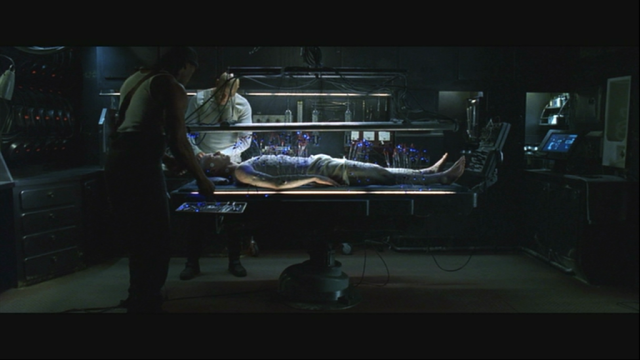
A medium long shot usually puts the bottom of frame somewhere around the knees. As in the example below from Dark City.
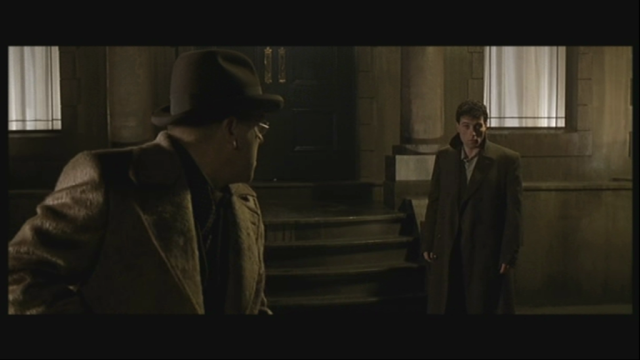
The mid-shot puts bottom of frame around the middle of the person, as seen below in an example from Tron Legacy.
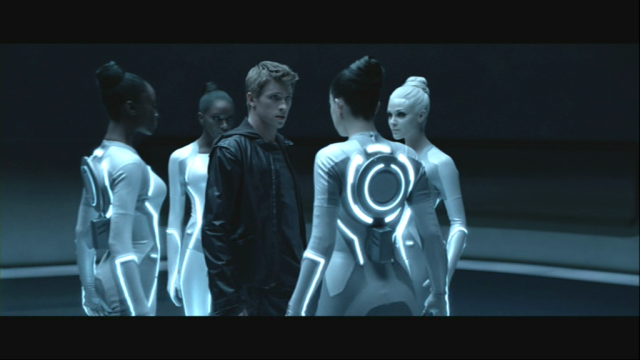
The medium close-up positions bottom of frame around chest height. The example below is from The Empire Strikes Back.
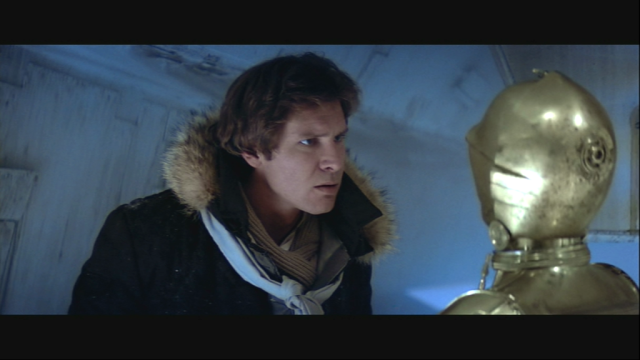
Close-up shots are even further in, framing primarily from the shoulders up. The example below is from The Empire Strikes Back.

Below is another close-up example, from The Matrix.
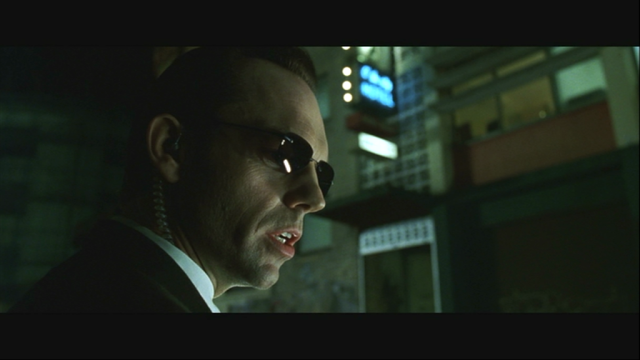
Next up is the big close-up or BCU. The whole face fills the frame from top to bottom. The example below is from Hero.
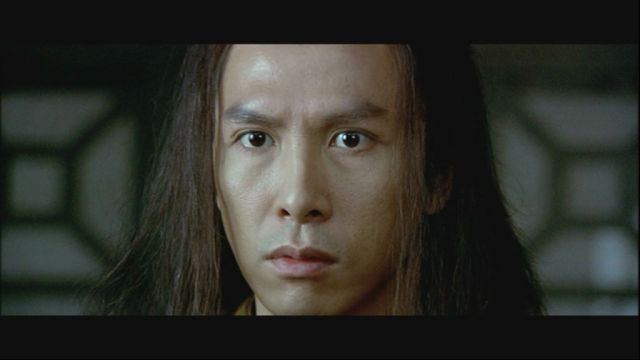
To finish off, last but not least is the extreme close-up. The ECU loses parts of the face off the frame and places emphasis on the eyes. The example below is once again from Hero.
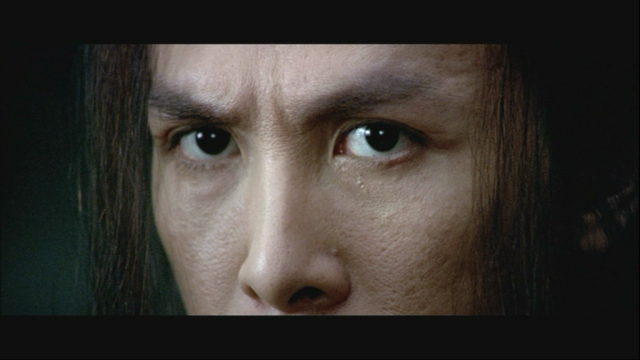
In several, if not all of these films more than one of these shots occurs within the same take due to camera tracking. It may start off as long-shot but finish up as a close-up, so think of these descriptions as a jumping off point.
You can see how much emotional impact an extreme close up has when you compare it to the wide shot. The reasons why a director chooses a specific shot comes down to what sort of emotions the director wants the audience to identify with during a particular scene.
Thanks for reading and if you like what you see, leave a comment.













